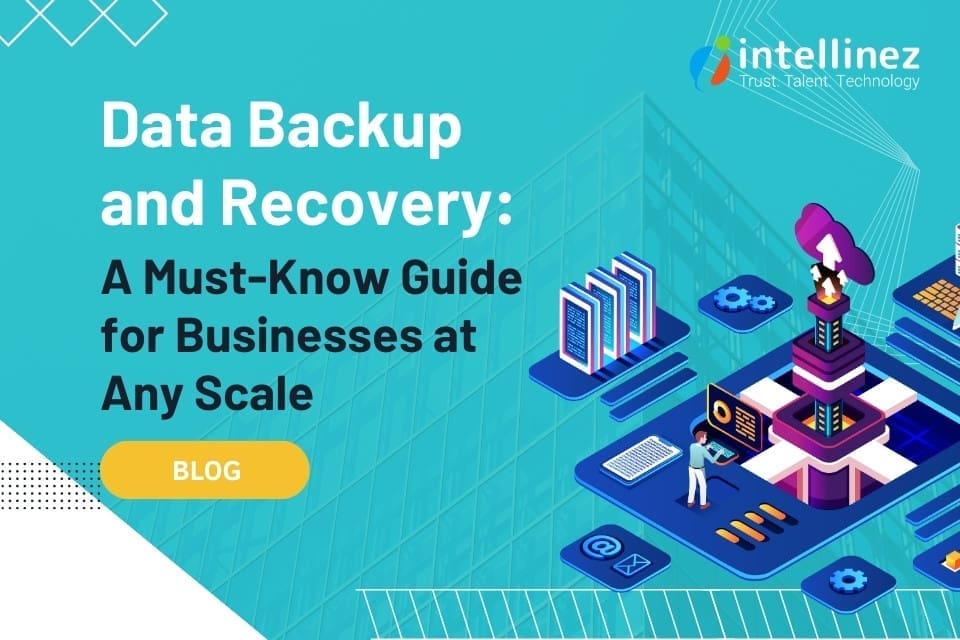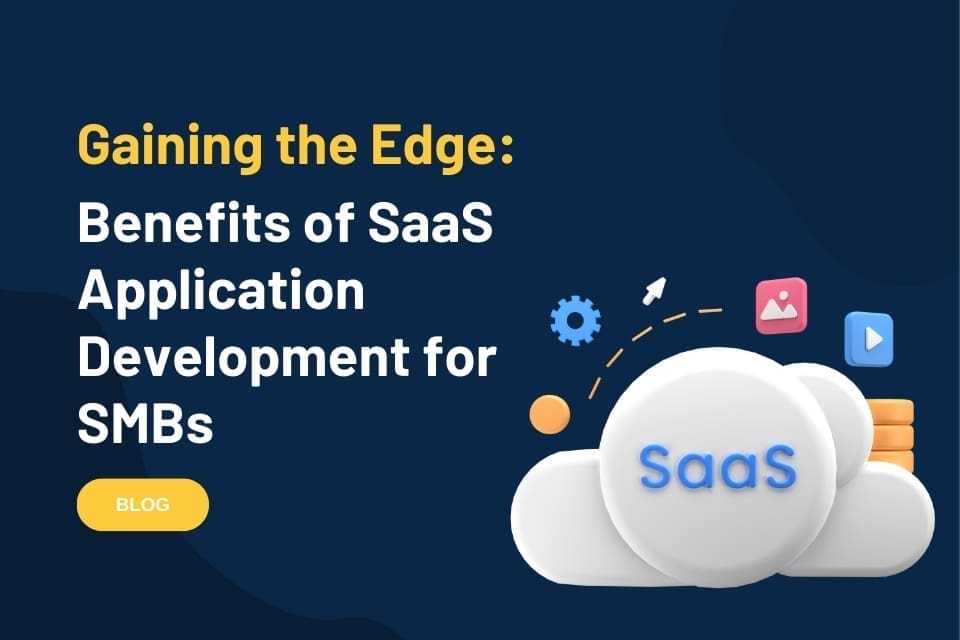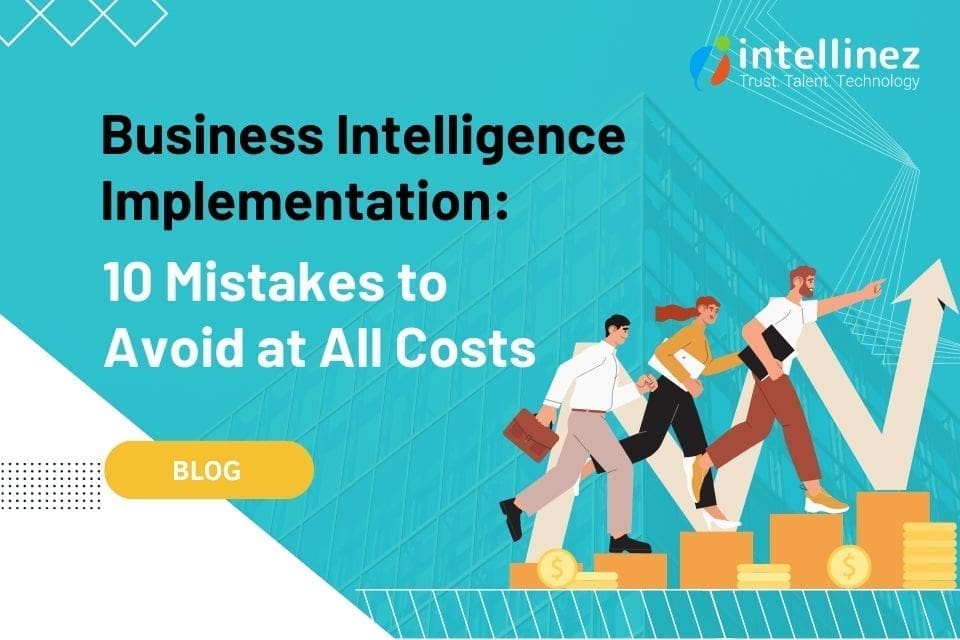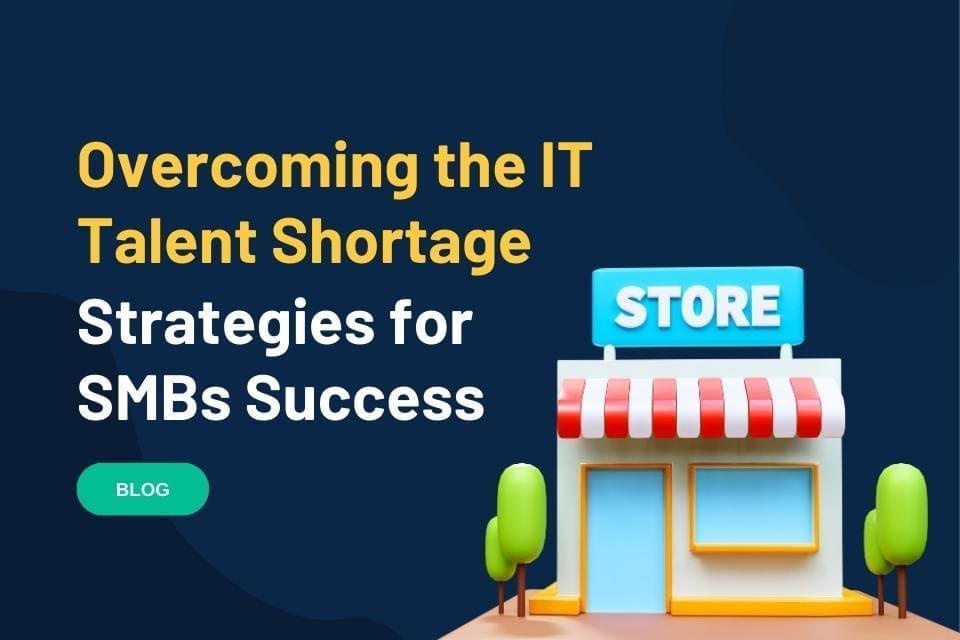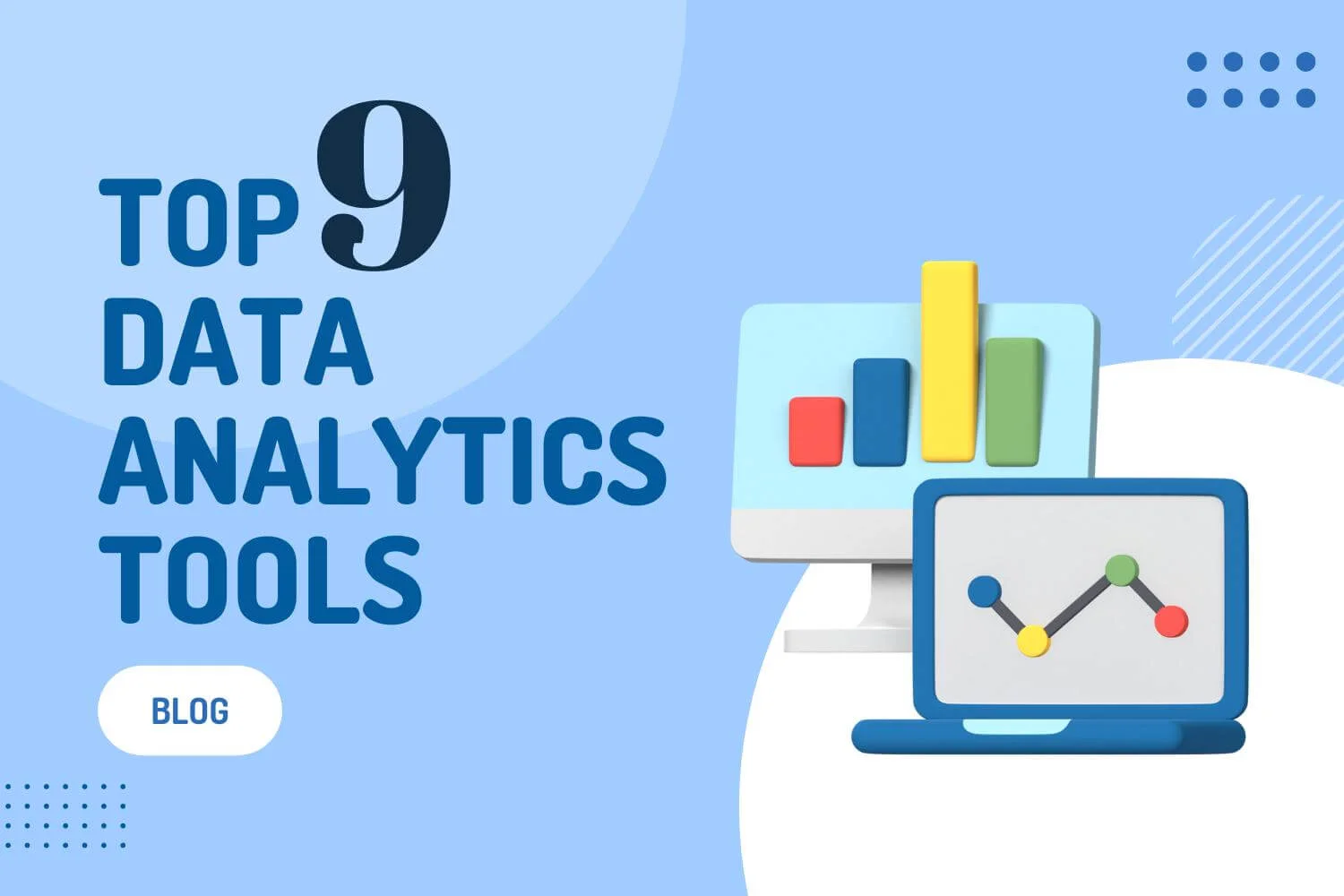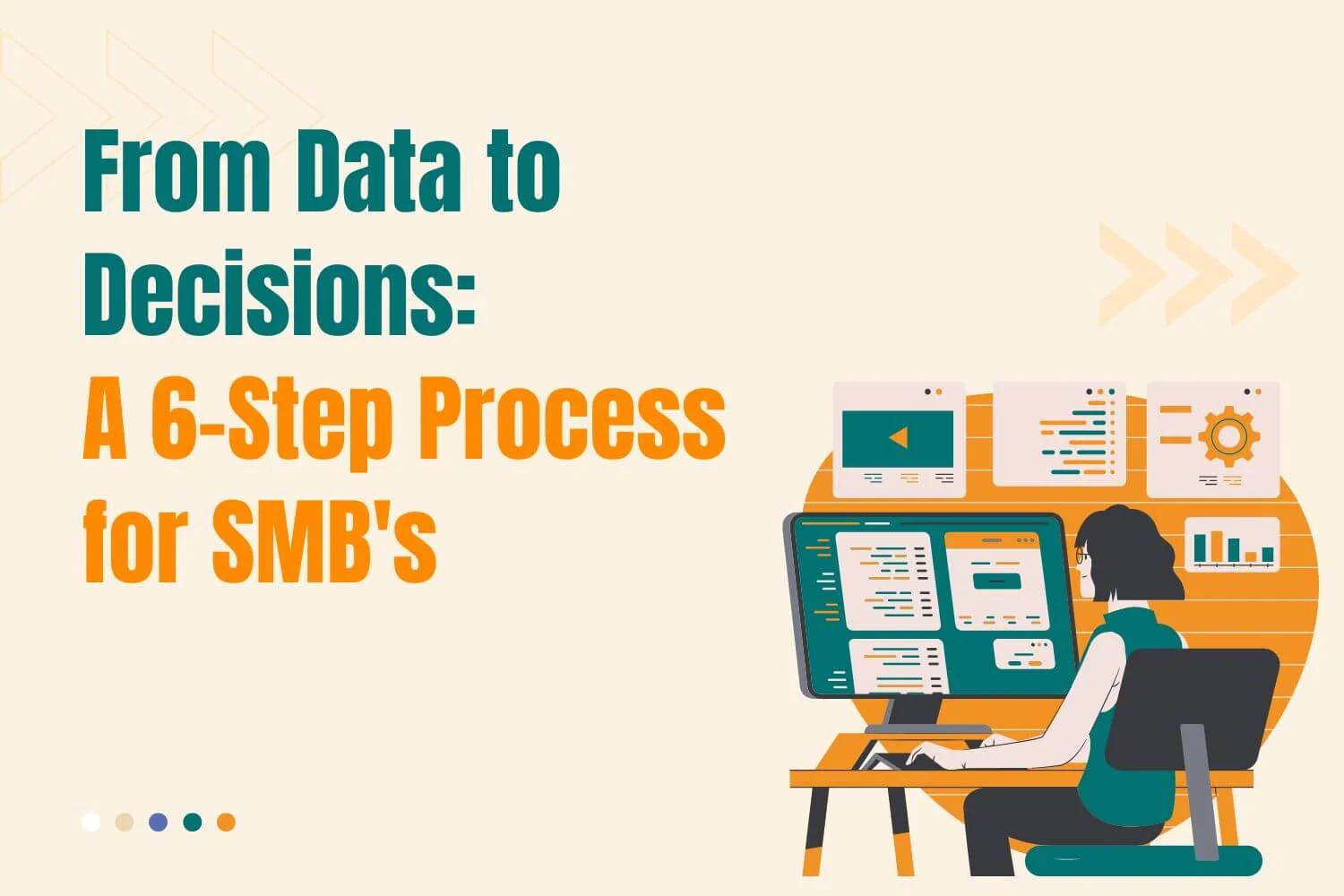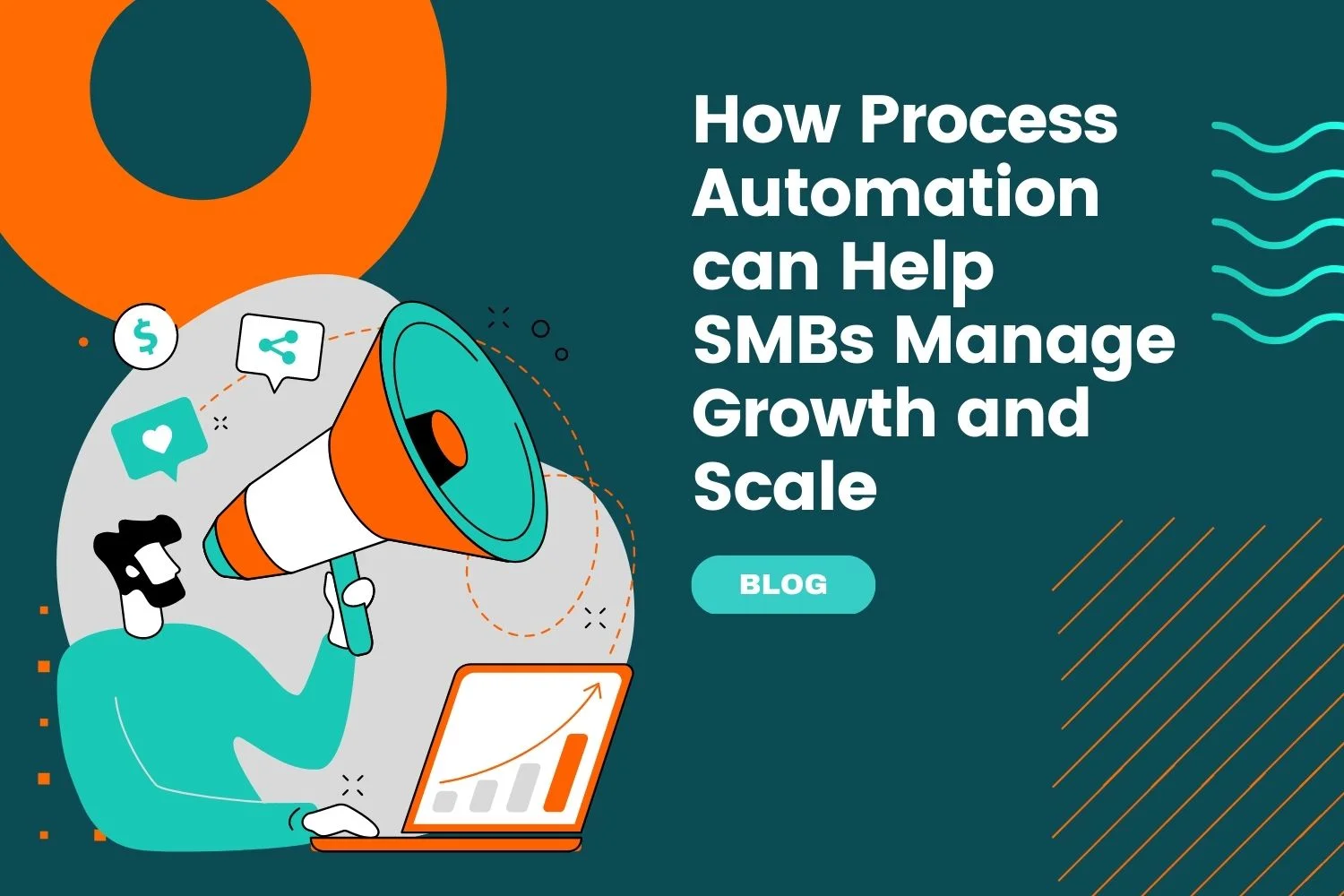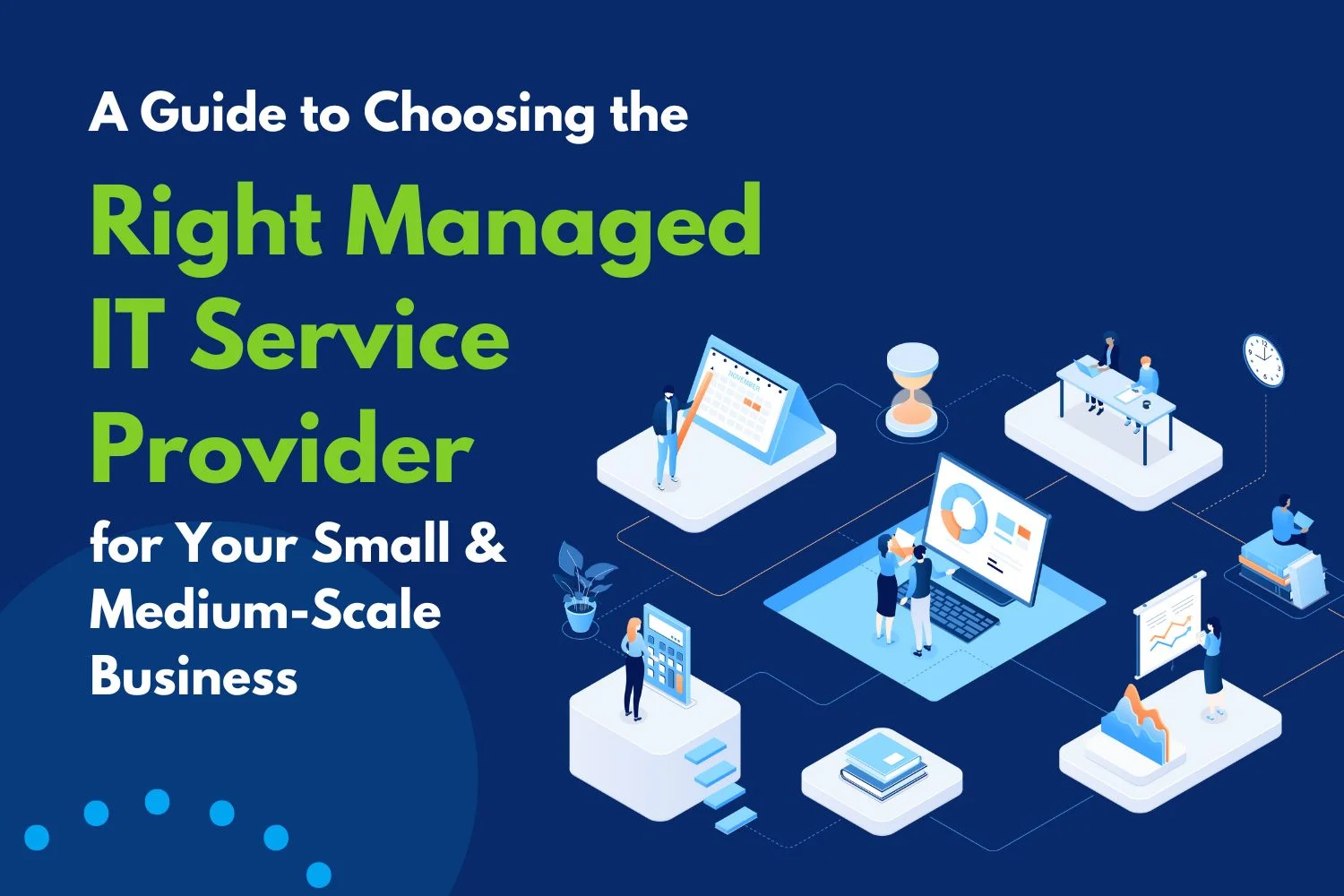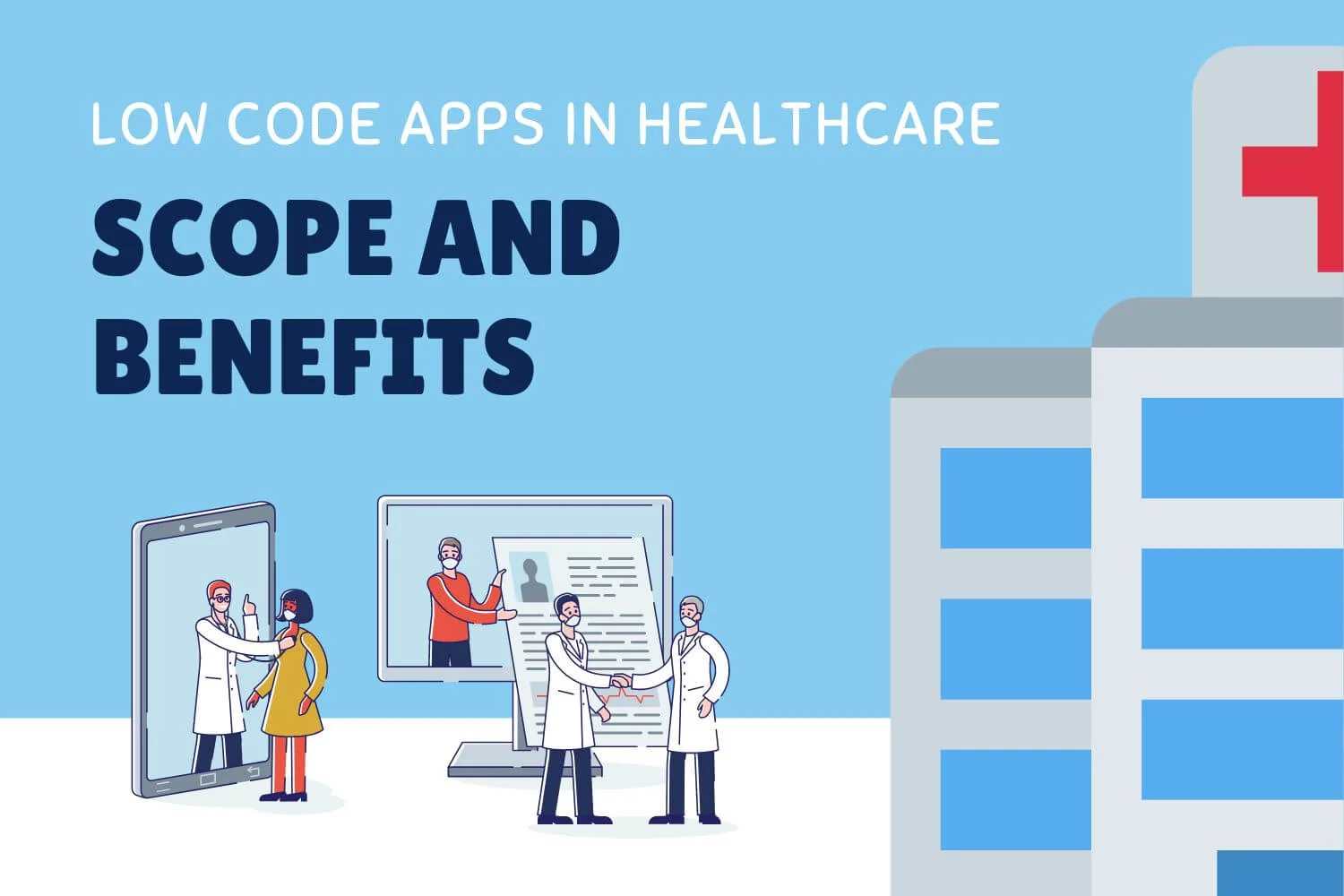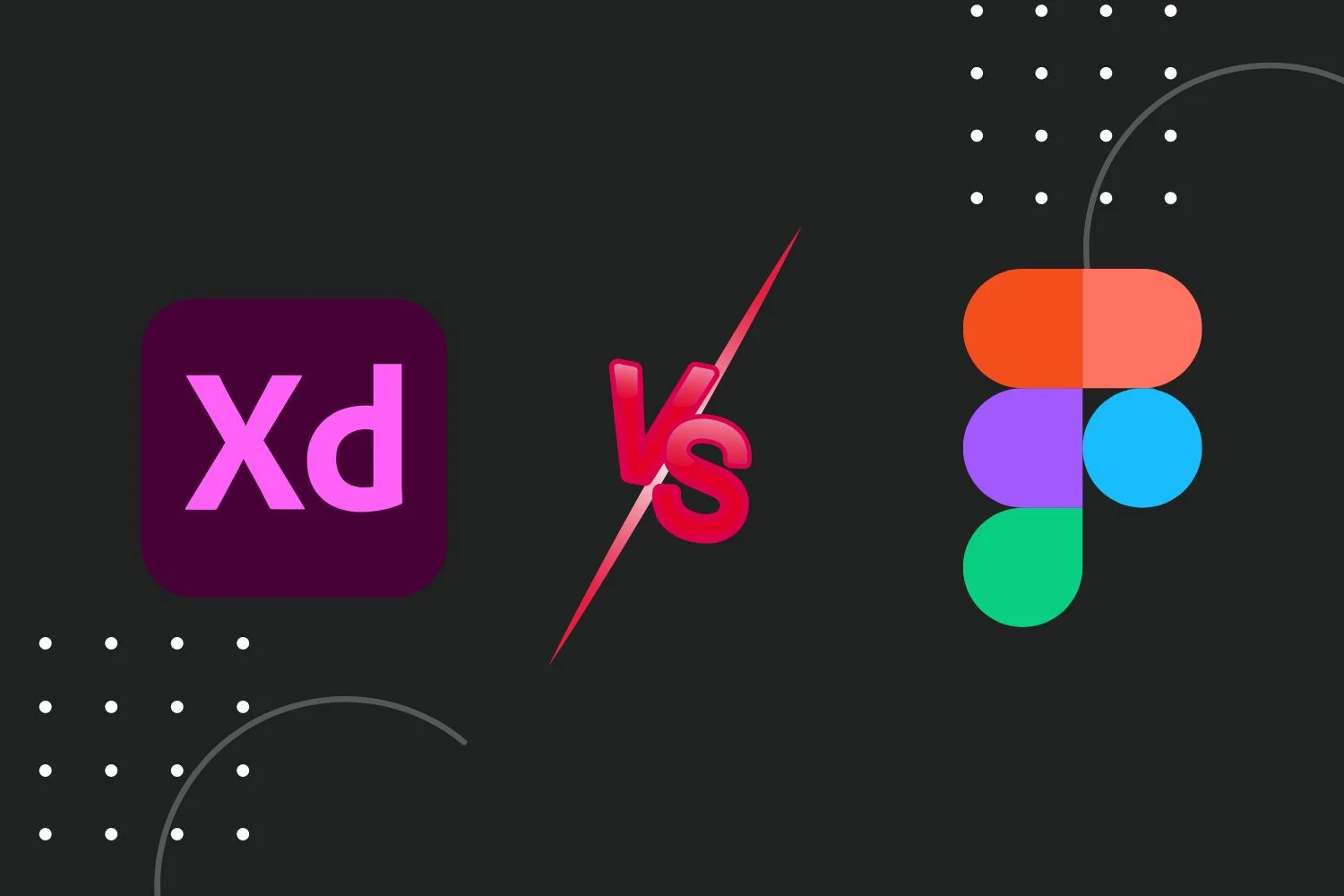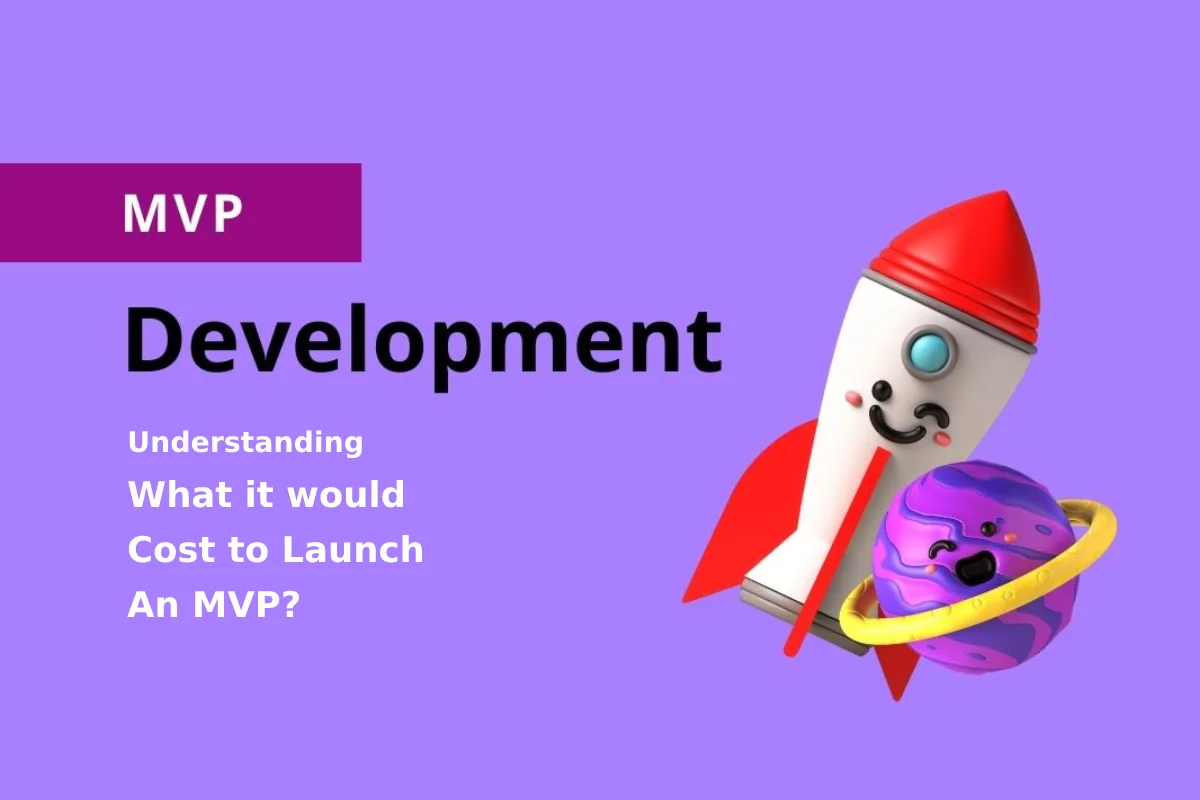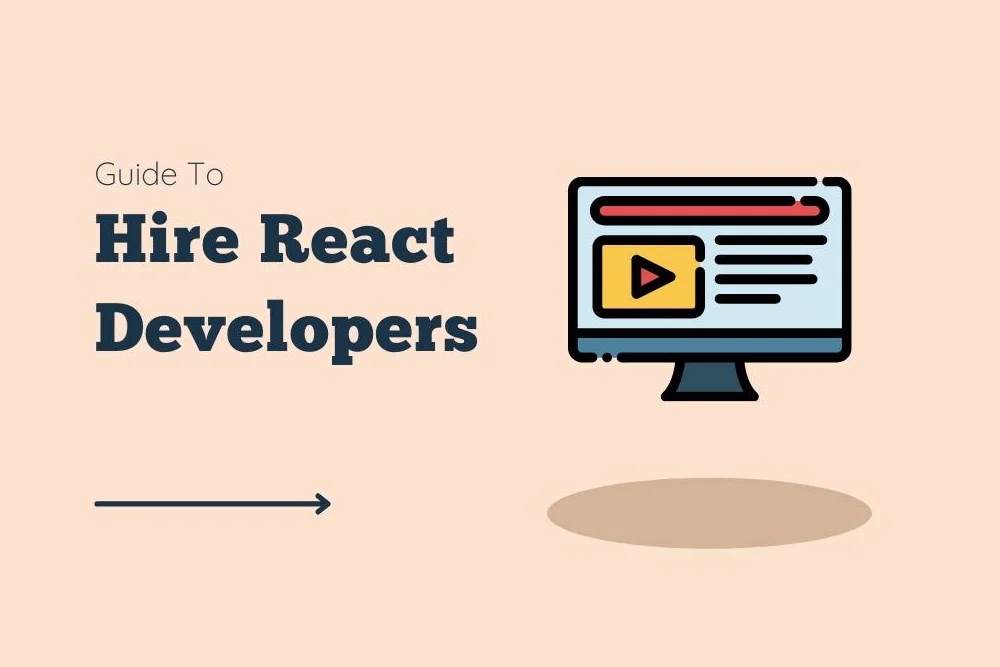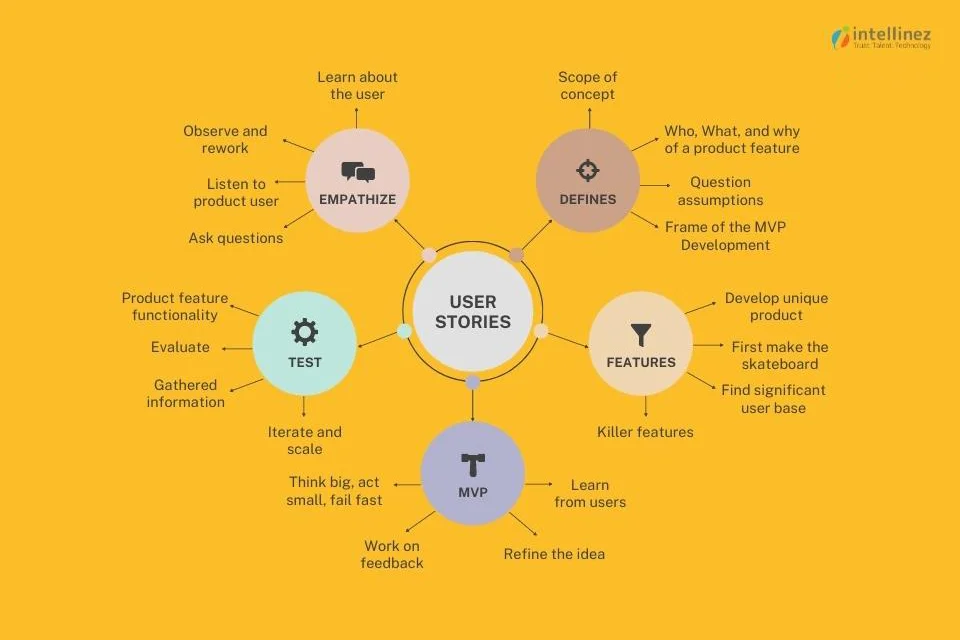Low code platforms aid you in developing enterprise applications fast and affordably. By empowering businesses to utilise cutting-edge technology and provide superior consumer experiences, they accelerate digital transformation. Learn which low code development platforms will still be relevant in 2023!
As businesses work to improve customer experiences and hasten digital transformation, the market for low code platforms is expanding quickly. Organizations may swiftly and affordably benefit from the newest innovations thanks to low-code mobile app development platforms.
Want to learn about the benefits of low code development platforms for your business? Check out our article on Top 10 Benefits of Low Code Application Development Platforms for Businesses in 2023.
What are Low Code Platforms for Development?
Platforms for low-code development give users a drag-and-drop interface to build programmes without having to write any code. This may facilitate the creation of apps by programmers or make it possible for non-programmers to generate apps more quickly. Low code platforms come in a variety, each with unique capabilities. Think about the kinds of apps you want to create and the features that are most important to you before selecting the platform that will suit your needs the best.
Low-code development platforms, as the name suggests, let programmers write programmes with less code than in conventional development environments. As a result, new developers may experience shorter learning curves and quicker development durations.
There are numerous low code platforms available, each with their unique pros and cons.
We’ll outline the top 10 low code platforms for enterprise application development in this article that you should take into account in 2023. We have rated them based on the platforms’ capabilities, usability, adaptability, scalability, and cost.
OutSystems – One Of The Best Low Code Platforms
OutSystems is one of the most sought after low code platforms that provides an integrated development environment, platform-as-a-service (PaaS) capabilities, and pre-built connectors to help organizations build and deploy enterprise applications faster.
Pros:
This one from the class of low code platform provides a visual development environment that enables faster and more efficient application development, reducing the time and effort required compared to traditional coding methods. OutSystems also offers robust integration capabilities with other systems and services, providing a flexible and scalable solution for modern businesses.
Additionally, the platform features a powerful security model that ensures the protection of sensitive data and intellectual property. With its cloud-based architecture, OutSystems can also help organizations reduce their IT infrastructure costs and achieve quicker time-to-market for their applications.
Cons:
It may be difficult for developers with limited coding experience to understand and use all of the platform’s features. Additionally, OutSystems can be expensive compared to other low code platforms, and some users have reported that the platform can be slow and laggy at times. Furthermore, customizing the look and feel of applications created in OutSystems can be challenging, and there have been reports of limited integration options with other systems and tools.
Appian Low-Code Platform
Appian is one of the most well-liked low code platforms. With Appian, you can create applications visually and use a variety of pre-made components and templates to get started right away. Additionally, a variety of integration options are available from Appian, making it simple to connect your applications to other platforms.
Pros:
Appian allows non-technical users to create and customize applications, reducing the reliance on IT teams. The platform also offers a wide range of pre-built connectors and integrations, making it easy to connect with other systems. Additionally, Appian provides a user-friendly interface and a visual process designer that helps users to quickly design and launch new applications.
With its emphasis on security, scalability, and reliability, Appian is an ideal choice for organizations looking to streamline their processes and increase efficiency.
Cons:
Appian imbibes a high cost of ownership, which can be a barrier for smaller organizations or those with limited budgets. Also, the platform’s learning curve can be steep, especially for those who are not familiar with the low code platforms’ approach.
Users may need to rely on workarounds or third-party tools to achieve the desired results. Additionally, Appian’s performance can be affected by the complexity of the processes and applications being built, leading to slow load times and reduced user experience.
Power Apps
Power Apps another top pick from the list of low code platforms, which provides a visual development environment for building custom business applications. It also offers a wide range of connectors to popular services, making it easy to integrate with other enterprise systems.
Pros:
It enables non-technical users to create professional-looking apps without needing to write code. Additionally, PowerApps integrates with a variety of data sources, such as Excel, SharePoint, and Common Data Service, allowing users to easily pull in data and display it in their apps.
The platform is also cloud-based, making it accessible from anywhere with an internet connection. With PowerApps, organizations can quickly create custom solutions that improve productivity and streamline workflows, without the need for extensive development resources. These are the reasons it is considered as one of the easiest handling low code platforms.
Cons:
It has a limited functionality compared to other low code platforms. PowerApps also has limited customization options, which can be limiting for more advanced users. Some users have also reported slow performance and limited data storage capacity.
It shows a limited ability to integrate with other systems, which can make it difficult to seamlessly exchange data between PowerApps and other software applications. Also, the cost of using PowerApps can be expensive for larger organizations, especially if they need to access premium features or use it for a large number of users.
Quickbase
Quickbase provides a drag-and-drop interface for building custom business applications. It also offers a wide range of pre-built templates, making it easy to get started quickly.
Pros:
Quickbase is one of the best low code platforms due to its ease of use, which allows users with little to no coding experience to build applications quickly and efficiently. It offers a high level of flexibility, enabling businesses to customize their applications to meet their specific needs.
QuickBase also offers robust security features, ensuring that sensitive data is protected. It integrates seamlessly with other applications and tools, making it easy to share data and collaborate with others. QuickBase provides a centralized platform for businesses to manage and track data, helping organizations streamline their processes and make informed decisions.
Cons:
It may seem expensive compared to other low code platforms, especially for larger organizations that need more features and functionalities. The platform may require a significant investment of time and effort for setup and customization, which may not be feasible for smaller businesses with limited resources.
Also, the user interface can be clunky and difficult to navigate, making it challenging for users to find the information they need quickly. The platform lacks certain integrations with other tools and systems that businesses rely on.
Salesforce Platform
Salesforce provides a visual development environment for building custom business applications. It also offers a wide range of connectors to popular services, making it easy to integrate with other enterprise systems.
Pros:
Salesforce Platform has several advantages for businesses, including: customization capabilities, scalability, ease of integration with other systems, a large app marketplace, and robust security features. The platform allows companies to tailor the software to their specific needs, enabling them to automate and streamline business processes. Additionally, Salesforce can handle a large volume of data and can grow with a company as its needs change.
Its open architecture enables it to seamlessly connect with other systems and technologies. The Salesforce AppExchange provides a wide range of pre-built applications, making it easy for companies to extend the functionality of the platform. Also, it has a strong focus on security and data protection, giving companies peace of mind when storing sensitive information in the cloud. All these factors give it an edge over other low code platforms.
Cons:
It can be expensive as compared to other low code platforms, especially for small businesses and startups, due to the cost of licensing and the need for specialized developers. Another downside is that there is a learning curve associated with using Salesforce, and it can take time to get up to speed with all of its features and capabilities.
Additionally, Salesforce can be complex and overwhelming, and it may not be the best choice for businesses with simple needs or limited technical resources. Furthermore, customization can be limited without the proper development skills, which can make it difficult to create custom solutions that meet specific business requirements.
Application Express (APEX)
APEX is another one from the batch of low code platforms that provides an integrated development environment for building custom business applications. It also offers a robust set of features, including process automation, case management, and analytics.
Pros:
The main advantage of using APEX is the ability to develop custom applications quickly and easily without having to write extensive amounts of code. APEX also provides a user-friendly interface for designing and customizing applications, making it accessible to both technical and non-technical users.
Additionally, APEX integrates seamlessly with other Oracle products and is highly scalable, making it ideal for businesses of all sizes. It also offers robust security features and is highly customizable, which allows businesses to tailor the platform to their specific needs. These are the reasons it is considered as one of the best low code platforms.
Cons:
It is a proprietary software and requires an Oracle database, which may not be ideal for organizations that use other database platforms. Additionally, APEX may not be as flexible as other more complex low code platforms and may not meet the needs of large, complex applications.
The platform is also limited in terms of customization options, as it has a set of predefined templates and themes, which may not be suitable for organizations that require a unique and custom design. APEX is not as widely used as other development platforms, which may make it harder to find qualified developers and support.
Mendix Platform
Mendix is a powerful member form the clan of low code platforms, which offers a variety of pre-made components together with an easy drag-and-drop interface for creating apps. As your demands evolve, Mendix’s great scalability makes it simple to expand your application.
Pros:
Mendix is one of the most ideal low code platforms for creating any application, from those for small businesses to those for large corporations. With options for private cloud, public cloud, and on-premises deployment, it’s a fantastic choice for all deployment types. Additionally, it offers automatic backups as well as horizontal scalability.
Cons:
It can be limited in terms of customizability and flexibility compared to traditional coding methods. The platform may struggle with handling large amounts of data and complex business logic. There have also been some reported issues with Mendix applications, particularly in cases where applications are highly customized. Mendix relies on a visual interface, and it can be more challenging for developers with limited technical skills to use.
Zoho Creator
Zoho Creator is another one from the pack of low code platforms that is created to enable businesses to produce scalable, customised business solutions more quickly than with conventional development approaches. With features that stretch across no-code, low-code, and pro-code to accommodate various developer personas, the platform is designed with businesses in mind. It integrates an application builder, an integration builder, and an analytics builder under a single subscription model.
Pros:
The main benefits of using Zoho Creator include reduced development time, increased efficiency, and improved data management. Zoho Creator integrates with other Zoho products, allowing users to create workflows and automate tasks across multiple applications. Zoho Creator also offers robust security features, such as role-based access control and encryption, to protect sensitive data. It is an ideal solution for small businesses and organizations looking to streamline their processes and improve their overall productivity.
Cons:
Integrating is not always consistent and might be difficult. Some of the offerings don’t have Zoho CRM’s level of polish. There doesn’t seem to be much value added by the AI assistance. Also, it might seem to be a bit high-priced for smaller projects.
Pega Platform
Pega provides an integrated development environment for building custom business applications. It also offers a robust set of features, including process automation, case management, and analytics.
Pros:
Its drag-and-drop interface makes it easy for non-technical users to create and implement custom applications. Pega offers powerful workflow management features that allow for automation of complex business processes. The platform also features robust security features, such as role-based access control and encrypted data storage, to ensure sensitive information remains protected.
Pega is highly scalable, making it suitable for organizations of all sizes, and it integrates with a wide range of systems, making it easy to integrate with existing infrastructure. Additionally, Pega’s customer service is highly regarded, offering support for users at every step of the way. That’s why, this member form the family of low code platforms is one of the most liked one by the developers.
Cons:
The high cost of implementation and ownership can be a barrier for small and medium-sized organizations. Pega requires a certain level of technical expertise, which means that organizations need to invest in training and development for their staff.
Also the complexity of the platform can make it difficult for users to understand and work with all its features and functions. Pega may not be the best fit for organizations with highly customized processes, as it can be difficult to tailor the platform to specific needs.
Kissflow
Kissflow is the next from the best bunch of low code platforms and provides a visual development environment for building custom business applications. It also offers a wide range of pre-built connectors, making it easy to integrate with other enterprise systems.
Pros:
It is easy to use, even for those who do not have technical knowledge. The user-friendly interface and drag-and-drop functionality make it simple to design and manage processes. It also offers flexibility, as users can customize their workflows to fit their specific needs. Kissflow offers real-time collaboration and communication features, which allow teams to work together effectively and efficiently.
In addition, it integrates with other popular tools like Google Drive, Dropbox, and Slack, making it a comprehensive solution for streamlining business processes. Finally, Kissflow furnishes robust reporting and analytics capabilities, which provide valuable insights into the performance of processes and workflows.
Cons:
One major issue is the limited customizability, which may not suit businesses with unique and complex processes. The user interface can also be overwhelming for some, with a steep learning curve for new users. Some users find the pricing structure to be on the higher side for the features offered.
Some users have also reported issues with technical support and customer service, leading to slow resolution of technical issues. Additionally, the platform may not integrate well with other tools, requiring manual data entry and increasing the risk of errors.
Conclusion
In conclusion, these top 10 low code platforms for enterprise application development provide businesses with the ability to create custom enterprise-level applications in 2023 quickly and easily. Each platform has its own unique set of pros and cons, so it’s important to carefully consider the specific needs of your business before choosing the right low code platform for your needs.
Get Started with Low-code Development
If you are a key decision maker at a business looking to build a new product or drive digital transformation, low code platforms can be a powerful tool for achieving your goals. At Intellinez Systems, with our expertise and experience, we can help you to navigate the complexities of low code development and implement a solution that is tailored to your specific needs.
From prototyping and testing to deployment and scaling, we can support you every step of the way. With our help, you can develop new products and solutions quickly, reduce development costs, improve customer experience, and drive revenue growth. So, if you want to stay ahead of the competition and drive innovation in your business, please reach out to us at [email protected].
Soumya Mishra
Technology Leader proficient in engineering and execution of enterprise-level IT projects and providing support services on the same. Possesses the ability to set functional and technical strategies, converting them to an achievable plan of action, and driving them to realize and achieve customer success. Passionate leader believing in leading by example, possessing strong problem-solving skills and a can-do attitude. Adept at handling cross-functional teams across the globe and motivating them to achieve outstanding and sustainable results to meet organizational goals and objectives! Guiding Quote – “Every job is a self-portrait of the person who did it, Autograph your work with excellence”















































![A Comprehensive Guide to AWS SaaS Architecture [Diagram Included] 91 Aws SaaS Architecture](http://www.intellinez.com/wp-content/uploads/2024/08/Title-image.jpg)














